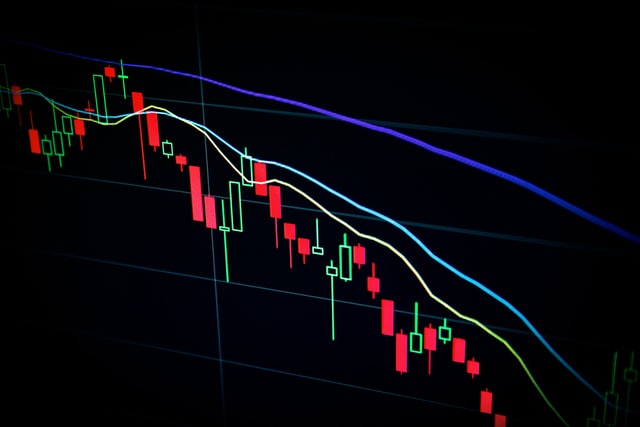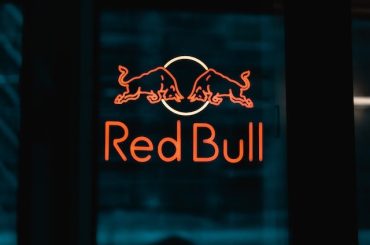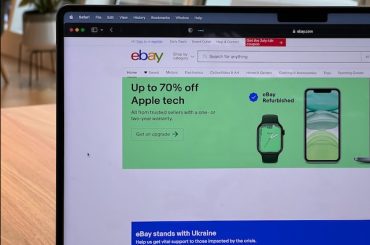A PESTEL analysis is a strategic management framework used to examine the external macro-environmental factors that can impact an organization or industry. In this article, we will do a PESTEL Analysis of Under Armour.
A PESTEL analysis is a strategic management framework used to examine the external macro-environmental factors that can impact an organization or industry. In this article, we will do a PESTEL Analysis of Emirates Airlines.
A PESTEL analysis is a strategic management framework used to examine the external macro-environmental factors that can impact an organization or industry. In this article, we will do a PESTEL Analysis of KFC.
A PESTEL analysis is a strategic management framework used to examine the external macro-environmental factors that can impact an organization or industry. In this article, we will do a PESTEL Analysis of Beyond Meat.
A PESTEL analysis is a strategic management framework used to examine the external macro-environmental factors that can impact an organization or industry. In this article, we will do a PESTEL Analysis of Marriott.
A PESTEL analysis is a strategic management framework used to examine the external macro-environmental factors that can impact an organization or industry. In this article, we will do a PESTEL Analysis of Red Bull
A PESTEL analysis is a strategic management framework used to examine the external macro-environmental factors that can impact an organization or industry. In this article, we will do a PESTEL Analysis of Pfizer.
Understanding the key distinctions between product development and product management is crucial for associations to explore the intricacies of putting up fruitful products for sale to the public.
A PESTEL analysis is a strategic management framework used to examine the external macro-environmental factors that can impact an organization or industry. In this article, we will do a PESTEL Analysis of eBay.
A PESTEL analysis is a strategic management framework used to examine the external macro-environmental factors that can impact an organization or industry. In this article, we will do a PESTEL Analysis of Rolex.
A PESTEL analysis is a strategic management framework used to examine the external macro-environmental factors that can impact an organization or industry. In this article, we will do a PESTEL Analysis of Deliveroo.






















